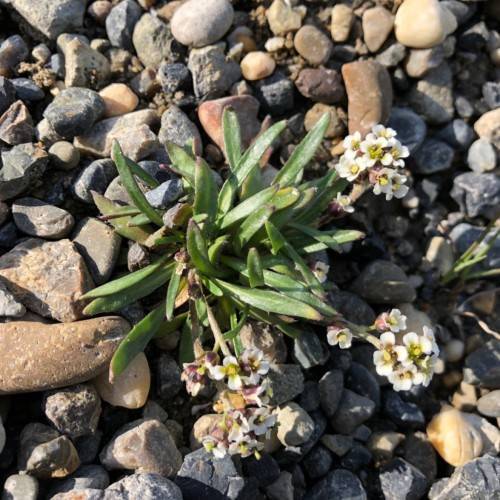
Purple Braya
Braya purpurascens
Watering:
Minimal
Hardiness Zone:
Flowers:
Flowers
Sun:
full sun,part shade
Fruits:
Fruits Ready In Fall
Leaf:
Yes
Growth Rate:
Low
Drought Tolerant:
Yes
Salt Tolerant:
Yes
Thorny:
Yes
Invasive:
Yes
watering
Purple Braya (Braya purpurascens) should be watered approximately every 5-7 days or when the top inch of soil feels dry to the touch. It’s always best to check the soil before watering to get a better idea of when the plant needs additional water. When watering, make sure to thoroughly moisten the soil, but be careful not to saturate the plant. Too much water can cause root rot. In addition, the Purple Braya should be watered in the early morning to help prevent rot.
sunlight
Purple Braya (Braya purpurascens) is a low-growing plant which prefers full sun but can tolerate some shade. In cool climates, it should be planted in full sun to ensure its best growth, while in warmer climates it can usually tolerate some afternoon shade. In terms of light, this plant species can tolerate both direct and indirect sunlight. It should be grown in a location that receives at least 4 to 6 hours of direct sunlight per day in the summer, and 2 to 3 hours in the winter. Direct sunlight is preferable in the mornings and early afternoons. If your Purple Braya plant is receiving too much direct sunlight it can be shaded with a cloth or moved to an area with a bit of filtered light for part of the day.
pruning
Purple Braya (Braya purpurascens) should be pruned as needed throughout the growing season. Pruning should be done at the end of the growing season when the plant has started to produce fewer flowers and growth has slowed. The amount of pruning should be kept to a minimum in order to preserve the natural form of the plant. To ensure healthy and vigorous growth, the plant should be pruned in such a way that a few stems are left at least as long as the desired plant height, with only the dead, damaged, or overcrowded branches removed. Pruning will also help to shape the plant, promote air circulation, and encourage new growth.
